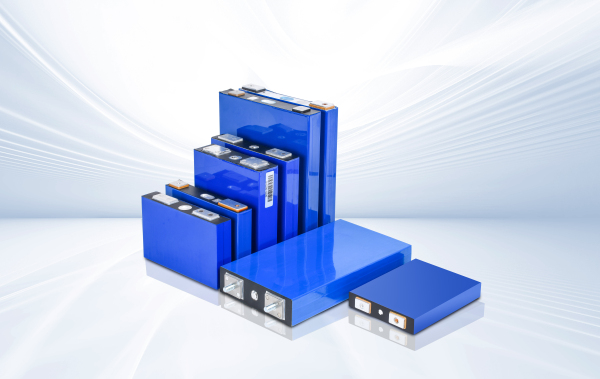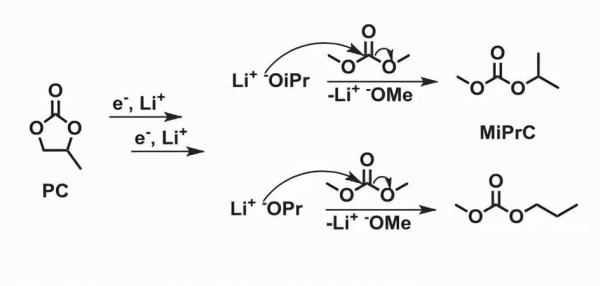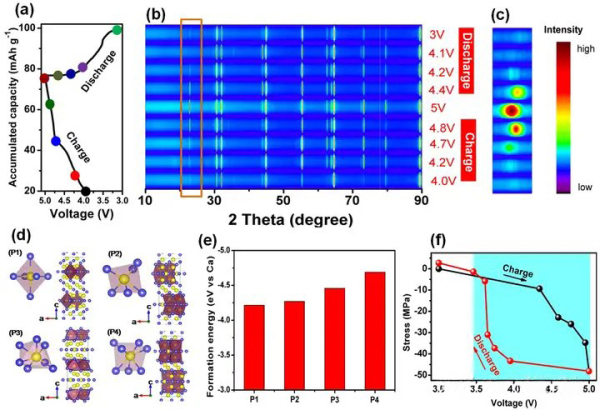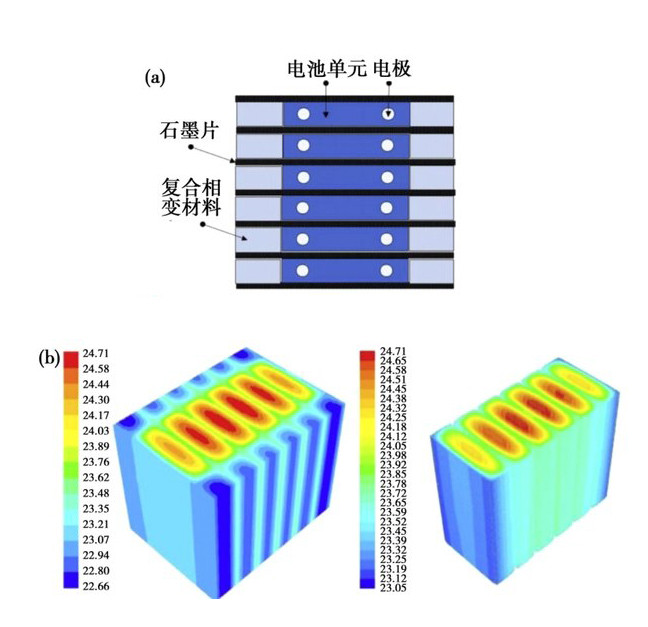Factors Affecting Lithium-Ion Battery Capacity in Energy Storage: Causes and Solutions
Introduction: Lithium-ion batteries have become indispensable in today's world, powering everything from personal devices to large-scale energy storage systems. Despite their widespread use, these batteries are susceptible to capacity attenuation, which affects their performance over time. This article delves into the causes of this phenomenon and offers practical solutions to mitigate its impact on residential and commercial energy storage systems.
Energy Storage Systems Overview: Residential and commercial energy storage systems are pivotal for sustainable power solutions. These systems typically consist of three main components: the battery management system (BMS), energy management system (EMS), and energy storage converter (PCS), each playing a crucial role in the efficient storage and management of energy.
Understanding Lithium Battery Capacity Fade: The cycle life of lithium-ion batteries is affected by a gradual decrease in their ability to deliver energy, known as lithium battery capacity fade. This process is influenced by internal chemical reactions, external environmental factors, and usage patterns within energy storage applications.

Energy Storage
Electrochemical energy storage system consists of 3 main parts for storing energy:
● Battery management system (BMS): It plays a sensing role and is mainly responsible for battery monitoring, evaluation, protection and balancing;
● Energy management system (EMS): It plays a decision-making role and is mainly responsible for data collection, network monitoring and energy scheduling;
● Energy storage converter (PCS): It plays an executive role and its main function is to control the charging and discharging process of the energy storage battery pack and perform AC/DC conversion
Understanding Lithium Battery Capacity Fade
Lithium iron phosphate battery cycle life affects the capacity of the lithium-ion battery by slowly decreasing the amount of charge it can deliver over its lifespan. This is referred to as the lithium battery capacity fade. The factors contributing to this process include reactions within the battery, the external environment, and utilization.

Chemical Reactions
1. Electrolyte Decomposition: Lithium-ion batteries' electrolytes can taper over time and produce undesired chemical products. These compounds may inhibit the freeness of lithium ions from moving within the battery, thus decreasing the battery capacity.
2. Growth of Solid Electrolyte Interface (SEI): In the first cycles of charge and discharge, a stable and solid electrolyte interface or SEI layer is formed on the surface of the anode. Although this layer is vital in the working of the battery, the formation of the layer in a continual manner can be detrimental since it consumes the lithium ions, resulting in capacity fade.
3. Cathode Degradation: In longer cycles of charging and discharging, the cathode material may erode and its availability for holding lithium ions, causing the capacity of the battery to decrease.
Environmental Factors
1. Temperature: High temperature increases the rate at which the electrolyte decompounds and the formation of the SEI layer, while at low temperatures, the lithium ions' mobility is restricted, hence less lithium-ion battery performance.
2. Humidity: High humidity exposure can result in moisture penetration, which harms the electrolyte and the other components of the battery, thus causing the capacity to fade.
Usage Patterns
1. Charging and Discharging Cycles: Cycles of charging and discharging hurt the battery, which may cause the degradation of the battery's internal parts. This, in the long run, leads to battery life reduction.
2. Depth of Discharge (DoD): If the battery is regularly and heavily cycled to very low SOC levels, capacity fade will likely be triggered faster.
3. Overcharging and Over Discharging: Lithium-ion battery overcharging causes SEI development and electrolyte decomposition, while overcharging also damages the battery cells irreversibly.

Practical Tips for Mitigating Battery Life Reduction:
To extend the life of lithium-ion batteries in household energy storage systems, consider the following tips:
1.Optimal Charging Practices: Maintain batteries at mid-level charges to reduce stress on components.
2.Temperature Management: Store batteries in cool, dry environments to prevent heat-related degradation.
3.Usage Habits: Practice moderate usage and regular calibration to ensure accurate battery capacity readings.
The Role of Lithium Iron Phosphate Batteries: Lithium iron phosphate batteries offer several advantages for energy storage, including high-temperature resistance, large capacity without memory effect, and environmental friendliness. These characteristics make them a preferred choice for residential and commercial energy storage solutions.
Future Technologies to Combat Battery Capacity Fade
Since the capacity of lithium-ion batteries gradually decreases over time, it is significant to extend their life. There is a company known as Enerlution Battery that is already making considerable progress in this area. This involves addressing various problems of the battery such as fading capacity, instability of electrolytes and formation of layers which is unfavorable to efficient performance. They are doing this by producing lithium iron phosphate batteries, which have better performance than regular 48v 5kwh lithium battery.
Benefits Of Lithium Iron Phosphate Batteries
1、Thermal Stability
Lithium iron phosphate batteries offer superior heat resistance up to 350℃-500℃, outperforming other lithium chemistries that peak at 200℃.
2、Memory Effect Free
Enjoy the flexibility of charging lithium iron phosphate batteries without the memory effect, eliminating the need for full discharge cycles.
3、Eco-Friendly Design
Choose lithium iron phosphate batteries for an eco-friendly option, free of heavy metals, and compliant with EU RoHS standards for sustainable energy storage.

The Future Of Batteries At Enerlution
Companies like Enerlution are at the forefront of developing innovative solutions to combat battery capacity fade. By addressing issues such as electrolyte instability and SEI layer formation, these advancements aim to significantly extend the life and performance of lithium-ion batteries in energy storage applications.

Conclusion:
Comprehending the factors contributing to lithium battery capacity attenuation is essential for improving the performance and durability of battery energy storage systems. By adopting proper charging practices, managing temperature, and utilizing batteries correctly, we can mitigate battery life reduction. The future of energy storage looks promising with ongoing developments and innovations led by companies like Enerlution.

If you have any question,please contact us.
Email: Susan@enerlution.com.cn
Add: No. 33, Qiuju Road, Baiyan Science and Technology Park, High-tech Zone, Hefei, China






